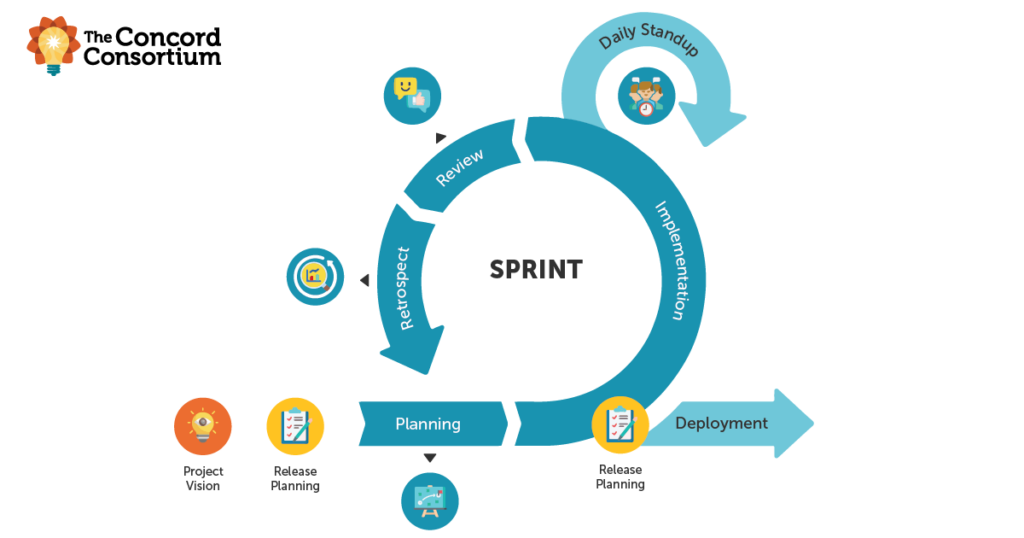Category: Author: Kiley Brown
Social media has been exploding with New Year’s resolutions since early fall. If you’d like to get a head start on your own educational resolutions for the next calendar year, we’ve got you covered. Want to help students see Earth science as a lab science? Add more data science activities to your high school classes? […]
As an organization dedicated to innovating and inspiring equitable, large-scale improvements in STEM teaching and learning through technology, we develop a lot of technology. I mean a lot. Our Scrum approach to technology development is always evolving. We adapt to each research project, team, person, and circumstance to be as efficient and effective as possible. […]
Volcanoes are some of the most impressive and unstoppable features on Earth. From the amazing artifacts at Pompeii to the photos of forests flattened by lava flows, the dangers associated with volcanoes are both terrifying and awe-inspiring. However, despite the risks, millions of people live in constant threat of damage to their homes, and more […]
How do dragons inherit wings and horns? What role do proteins play in dragons with translucent white scales? During a weeklong summer “camp” in Maynard, Massachusetts, designed for middle school students interested in online gaming and genetics, nine students in grades 6-8 played Geniventure to find out. They also applied genetics concepts to solve puzzles, […]
University of Michigan School for Environment and Sustainability, Flickr (CC-BY-2.0) A breakthrough in medical research has allowed a team of scientists to edit the DNA of human embryos to repair a version of a gene that causes cardiomyopathy, a genetic disease resulting in heart failure. While some see this genome editing technology—known as CRISPR—as a […]
The CRISPR gene editing technique is faster, cheaper, and more accurate than past methods of editing DNA. And it’s creating a huge buzz in the world of science and medical research. By precisely removing, adding, or altering part of the genome, CRISPR enables geneticists to target and edit genes that are associated with genetic diseases—without […]



